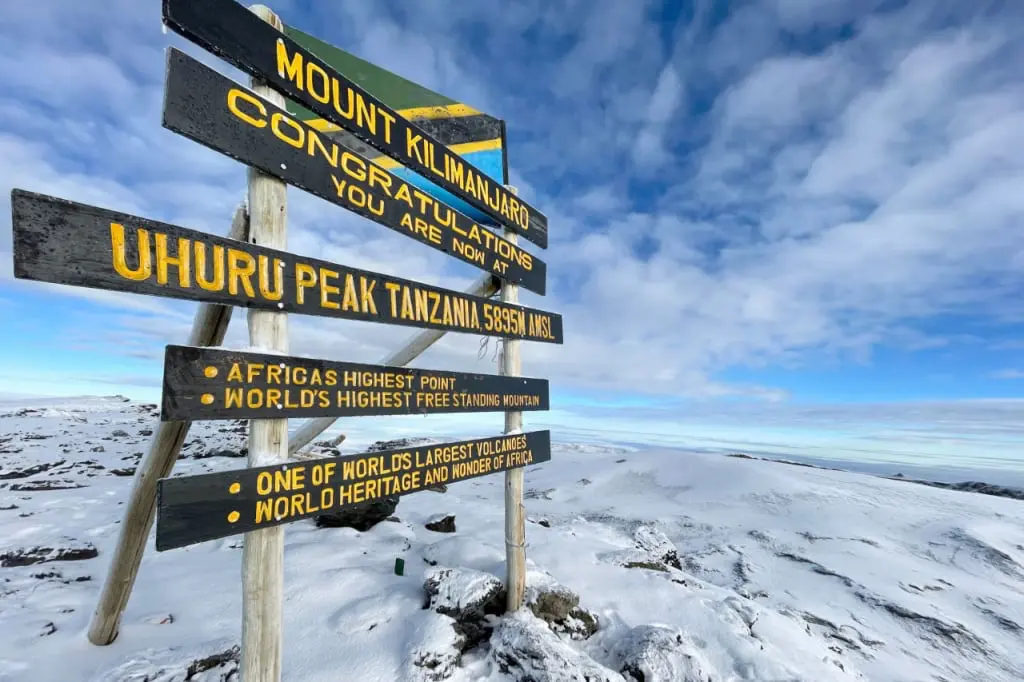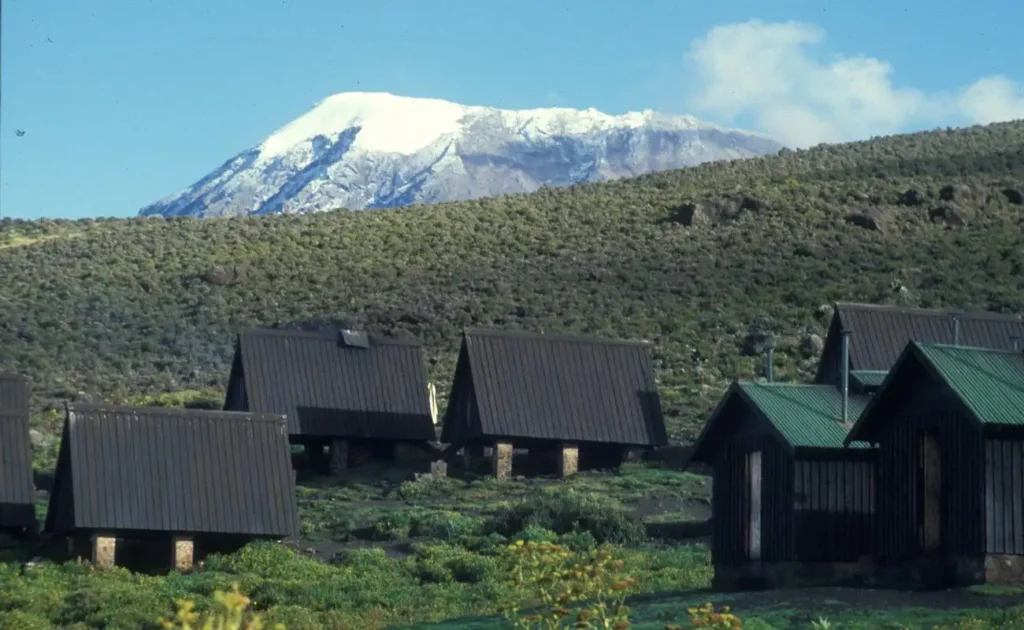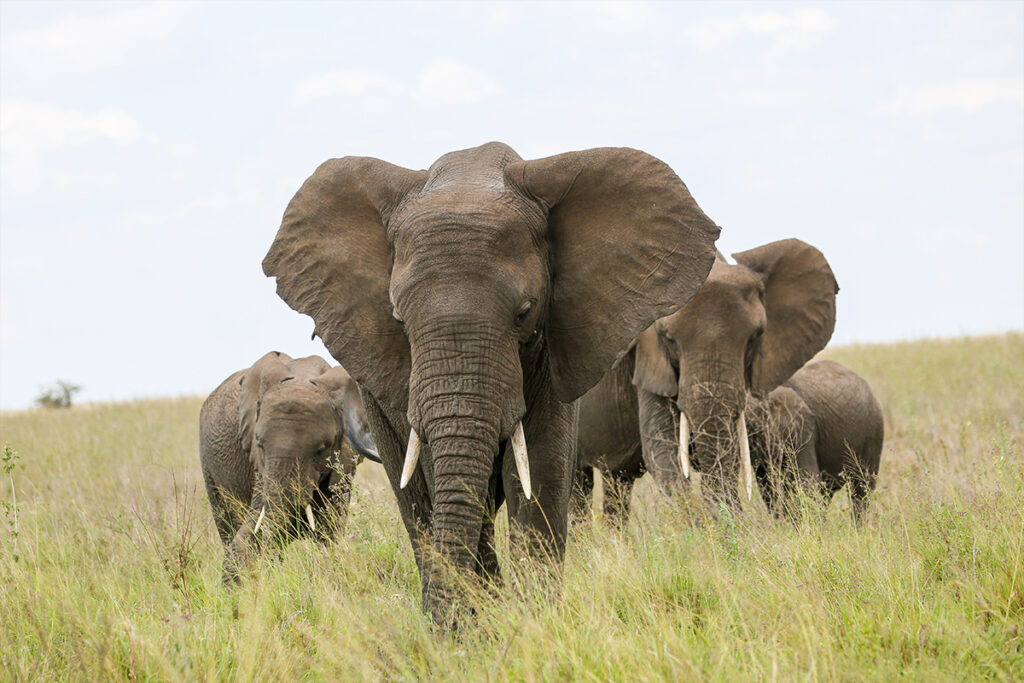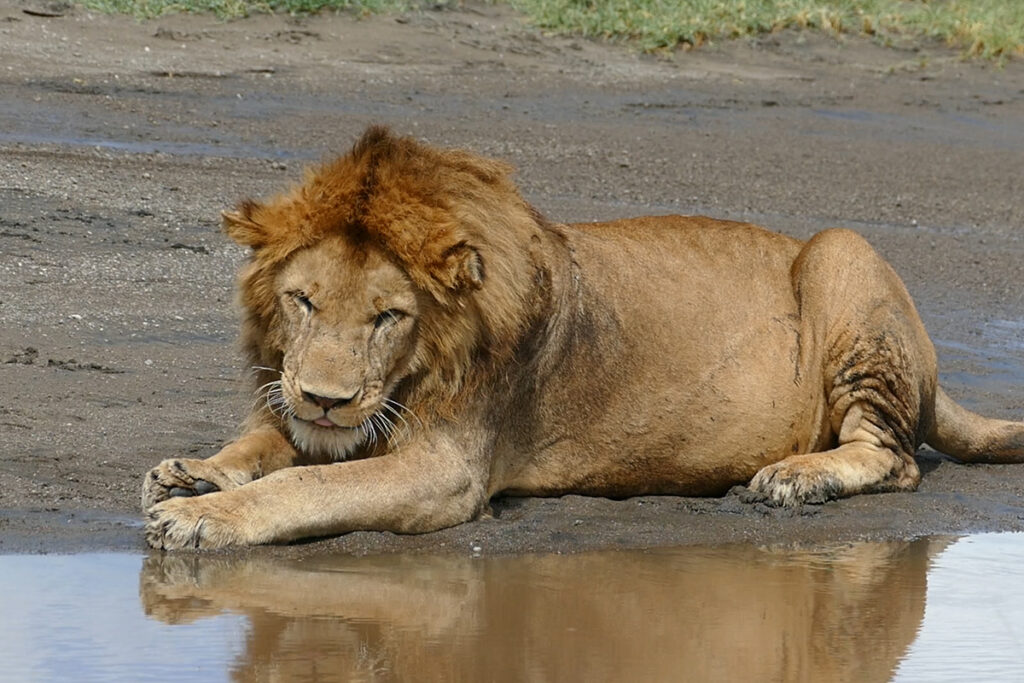Reaching the highest point of the African continent is an exhilarating achievement. Uhuru Peak, standing at 5,895 meters, is the crowning glory of Mount Kilimanjaro. This summit not only attracts seasoned climbers but also adventurers who dream of witnessing the view from the “Roof of Africa.”
Interestingly, Uhuru Peak was first scaled by Hans Meyer in 1889, marking the beginning of a long history of human adventure. Today, over 35,000 people attempt the climb each year, offering both challenge and camaraderie in the face of nature’s grandeur. For experts and novices alike, the climb to Uhuru Peak symbolizes a journey of endurance and triumph.

Uhuru Peak: The Summit of Kilimanjaro
Uhuru Peak is located at the highest point on Mount Kilimanjaro. At 5,895 meters (19,341 feet), it is the tallest summit in Africa. The name “Uhuru” means freedom in Swahili, reflecting the peak’s symbolic significance. Reaching the summit is a dream for many climbers worldwide. The breathtaking views from the top are unmatched.
Reaching Uhuru Peak involves traversing diverse climatic zones. Climbers start in the tropical rainforest, then move through moorlands, alpine deserts, and finally, the arctic zone. This transition is both challenging and rewarding. Each step brings climbers closer to the peak’s beauty. As you climb, the landscape keeps changing.
Over 35,000 people attempt to reach Uhuru Peak each year. They face various obstacles, such as altitude sickness and unpredictable weather. Yet, proper preparation increases their chances of success. Essential gear includes warm clothing, sturdy boots, and trekking poles. Experienced guides can provide invaluable support throughout the journey.
Climbers often feel a deep sense of accomplishment upon reaching the summit. The journey teaches resilience and teamwork. They celebrate with a photo at the summit’s signpost. Many describe the experience as life-changing. The memories made at Uhuru Peak last a lifetime.
Reaching Uhuru Peak, Mount Kilimanjaro
Geographical Significance and Location
Uhuru Peak sits on the northeastern side of Mount Kilimanjaro in Tanzania. As the highest point in Africa, it is part of the Seven Summits challenge. The location of the peak makes it a prominent destination for climbers and geographers alike. The mountain itself is a dormant volcano. Climbers often start their journey from the town of Moshi.
The peak is located close to the equator. Despite this, the summit is covered with a permanent ice cap and glaciers. The climate changes dramatically as climbers ascend. This creates a unique mix of ecosystems on the mountain. From jungles to icy peaks, Kilimanjaro offers a diverse experience.
The geographical significance extends beyond just elevation. Kilimanjaro’s glaciers provide vital water sources for surrounding communities. These glaciers are shrinking due to climate change. Scientists are studying this area to understand environmental impacts. The mountain serves as a natural laboratory.
The mountain’s location in Tanzania also places it near several major safari destinations. This makes it an essential part of Tanzania’s tourism industry. Visitors to Kilimanjaro often explore nearby national parks. This adds more adventure to their trip. The peak itself is a crowning jewel of natural beauty.
Historical Ascents and Memorable Expeditions
The first recorded ascent of Mount Kilimanjaro’s peak occurred in October 1889. German geographer Hans Meyer, along with Austrian climber Ludwig Purtscheller, led this historic expedition. Their successful climb marked a significant moment in mountaineering history. Overcoming harsh conditions and unforgiving terrain, they paved the way for future adventurers. Today, their journey is celebrated and remembered by many.
Since that initial climb, numerous expeditions have ascended to Uhuru Peak. Each expedition comes with its own challenges and stories. Climbers from all over the world have attempted the climb. Some expeditions have even included climbers with disabilities, showcasing remarkable human spirit and determination. These inspiring stories continue to motivate new generations of climbers.
Notable expeditions have also involved scientific research. Teams study the mountain’s changing ice caps and glaciers. This research helps in understanding climate change effects. Additionally, biodiversity studies involve documenting unique mountain flora and fauna. These expeditions contribute significantly to global scientific efforts.
Over the years, many records have been set on Kilimanjaro. Fastest ascent, youngest climber, and other feats captivate the imagination. These records highlight the human capacity to challenge limits. The mountain remains a beacon for those seeking adventure. Its history is as rich as its diverse landscapes.
The Route to the Summit: Paths and Challenges
Climbing Kilimanjaro offers several routes, each with its own unique challenges. The Marangu Route, also known as the “Coca-Cola Route,” is popular for its hut accommodations. It is the easiest path, yet it may become crowded during peak season. Another common path is the Machame Route, often called the “Whiskey Route.” This path offers breathtaking views but requires more time and effort.
For those seeking solitude, the Lemosho Route is ideal. Renowned for its stunning vistas, it offers a longer path, allowing better acclimatization. This means climbers have a higher success rate reaching Uhuru Peak. However, the increased distance adds to the challenge. Despite this, many adventurers find it rewarding.
The Rongai Route approaches the summit from the north. Less traveled, it offers a quiet climb with beautiful wildlife and scenery. It is the only route starting from the northern side of the mountain. Despite fewer climbers, it provides an authentic wilderness experience. This makes it appealing for nature lovers.
Altitudes above 3,000 meters can bring altitude sickness. Common symptoms include dizziness, headaches, and fatigue. Proper acclimatization strategies are essential for a successful climb. Many routes are designed to allow climbers to adjust slowly to the altitude. Hydration and a steady pace are crucial for everyone.
Weather conditions on Kilimanjaro can be unpredictable. Climbers should prepare for both rain and freezing temperatures. Packing proper gear is essential to withstand changing weather. A solid plan and experienced guides are keys to success. This preparation ensures a safe and enjoyable ascent for all.
Flora and Fauna Near Uhuru Peak
The journey to Uhuru Peak takes climbers through a variety of ecosystems. Beginning in lush tropical forests, trekkers may see towering trees and vibrant flowers. The forest is alive with the sounds of numerous bird species. As the altitude increases, the landscape changes dramatically. Moorlands replace dense trees, and unique plants, like giant groundsel, appear.
The mountain is home to diverse animal life. In the lower altitudes, trekkers might spot elephants or giraffes in the shadows of the forest. Blue monkeys swing playfully through the tree branches. As elevation increases, wildlife sightings become rarer. However, it’s possible to encounter small mammals and various bird species, adding an element of excitement to the climb.
Above the tree line, the Alpine desert zone presents a stark contrast. Vegetation is sparse, with only hardy species like everlasting flowers surviving. These plants have adapted to the harsh, dry conditions and thin air. During this part of the climb, the scenery is mostly rocky terrain. Still, the landscape’s rugged beauty is undeniable.
Nearer to the summit, plant life gives way to snow and ice. Few organisms survive in these extreme conditions. Yet the glacier-covered peak creates a stunning, otherworldly view. Climbers are often struck by the silent majesty of the jagged rocks and vast ice fields. This barren terrain emphasizes the mountain’s grand scale and highlights the power of nature.
The flora and fauna on Kilimanjaro are important to local ecosystems. They provide benefits like water retention and soil stability. Efforts to protect and conserve this biodiversity continue. The mountain’s ecosystems serve as a reminder of the delicate balance between nature and adventure. Preserving such treasures ensures they can be enjoyed for generations.
Climbing Uhuru Peak: Preparation and Tips
Climbing Uhuru Peak requires thorough preparation. Start by ensuring you have the right gear, including warm clothing and waterproof layers. Sturdy boots and breathable fabrics are essential. Bringing a reliable backpack and trekking poles can make the journey easier. These items will help you navigate various terrains and weather conditions.
Physical fitness is crucial for a successful climb. Begin training several months in advance. Focus on cardio exercises and strength training. Hiking practice on similar terrain will build your stamina. This preparation can increase your chances of reaching the summit.
Acclimatization plays a key role in preventing altitude sickness. Take your time during the ascent. Choose a route that allows for gradual elevation gain. Listen to your body and don’t rush. Drink plenty of water to stay hydrated.
Hiring an experienced guide is highly recommended. Local guides know the terrain and can provide valuable advice. They assist with navigation and ensure your safety. They also manage logistics, like setting up camp. Having a knowledgeable guide can greatly enhance your climbing experience.
Nutrition is another important aspect. Pack energy-dense snacks and eat balanced meals. Foods rich in carbohydrates and proteins will provide sustained energy. Staying fueled will help you tackle long days of trekking. Healthy eating begins even before the climb.
Finally, mental preparation is just as important as physical readiness. Stay positive and set realistic expectations. Surrounding yourself with supportive team members can boost your morale. Visualize reaching the summit and celebrate each milestone. Enjoy the journey as much as the destination.
Key Takeaways
- Uhuru Peak is the tallest point in Africa.
- Standing at 5,895 meters, it’s a major climbing goal.
- The peak is part of Tanzania’s Mount Kilimanjaro.
- It offers stunning views and attracts climbers worldwide.
- A challenging journey makes it a rewarding adventure.




